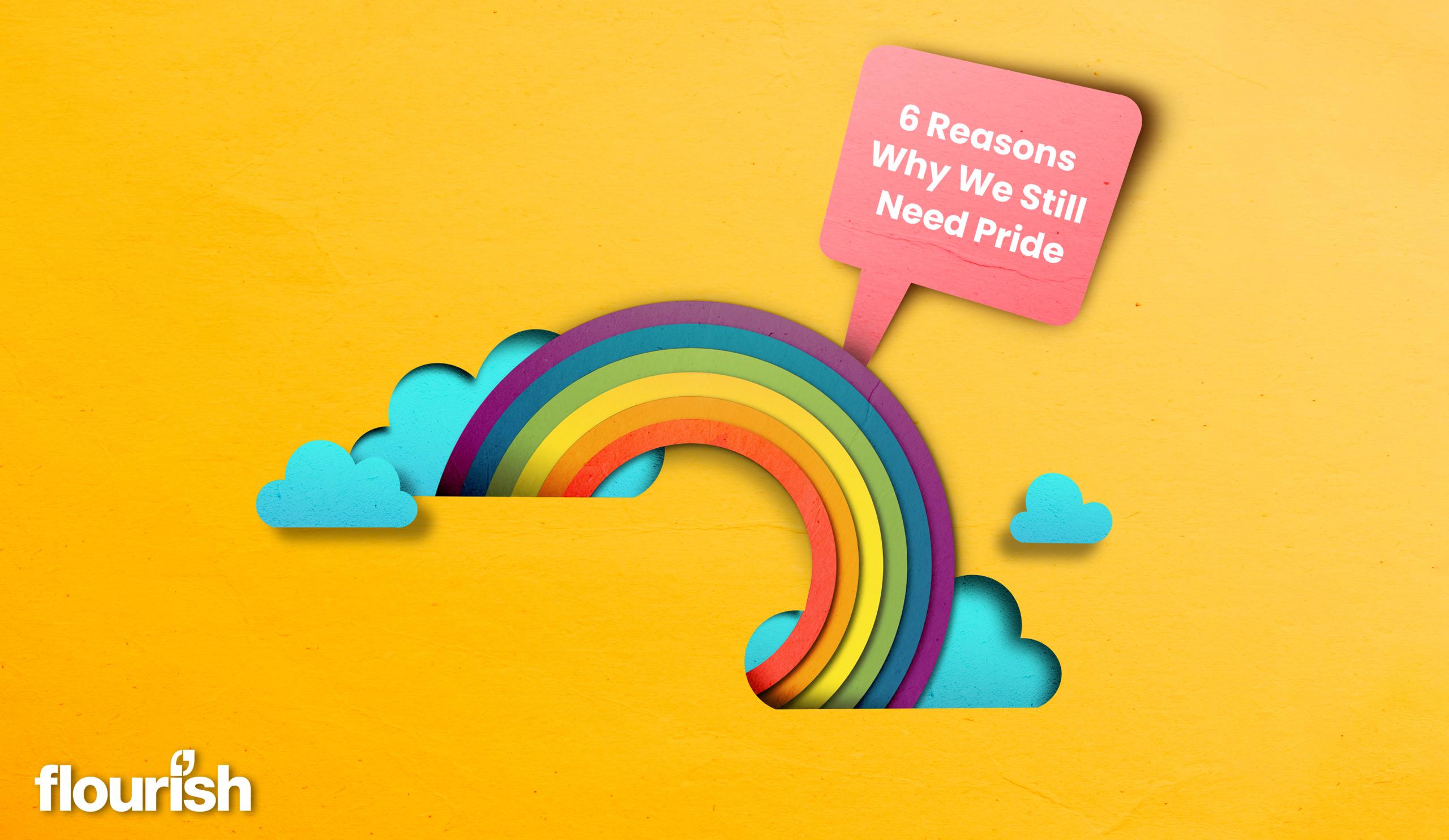6 Reasons Why We Still Need Pride
Our Senior Digital Designer Helen Bradbury reflects on why, after nearly 50 years since its inception in the UK, Pride is as important now as it was then.
In the UK, equality for LGBTQ+ people has improved substantially over the last 30 years. LGBTQ+ people are legally allowed to get married, same sex parents can adopt and both parents can be on the birth certificate. And those rights are protected by the Equality Act 2010.
As a gay woman, I have experienced homophobic abuse whilst holding hands with my now wife, Laura. My wife who, when we got married two and a half years ago, couldn’t do so in her own country. And yes, she’s British, from Northern Ireland. Northern Ireland only legalised gay marriage in January 2020. More than a year after we were married and actually only 6 years after England legalised gay marriage. And it was only a couple of weeks ago that men were allowed to donate blood if they were having sex with other men.
So many of the positive changes that our community have experienced have happened so recently, meaning that some medical and social areas haven’t yet caught up, nor have all of those in our society.
So, if the LGBTQ+ community have equal rights, why do we need Pride?
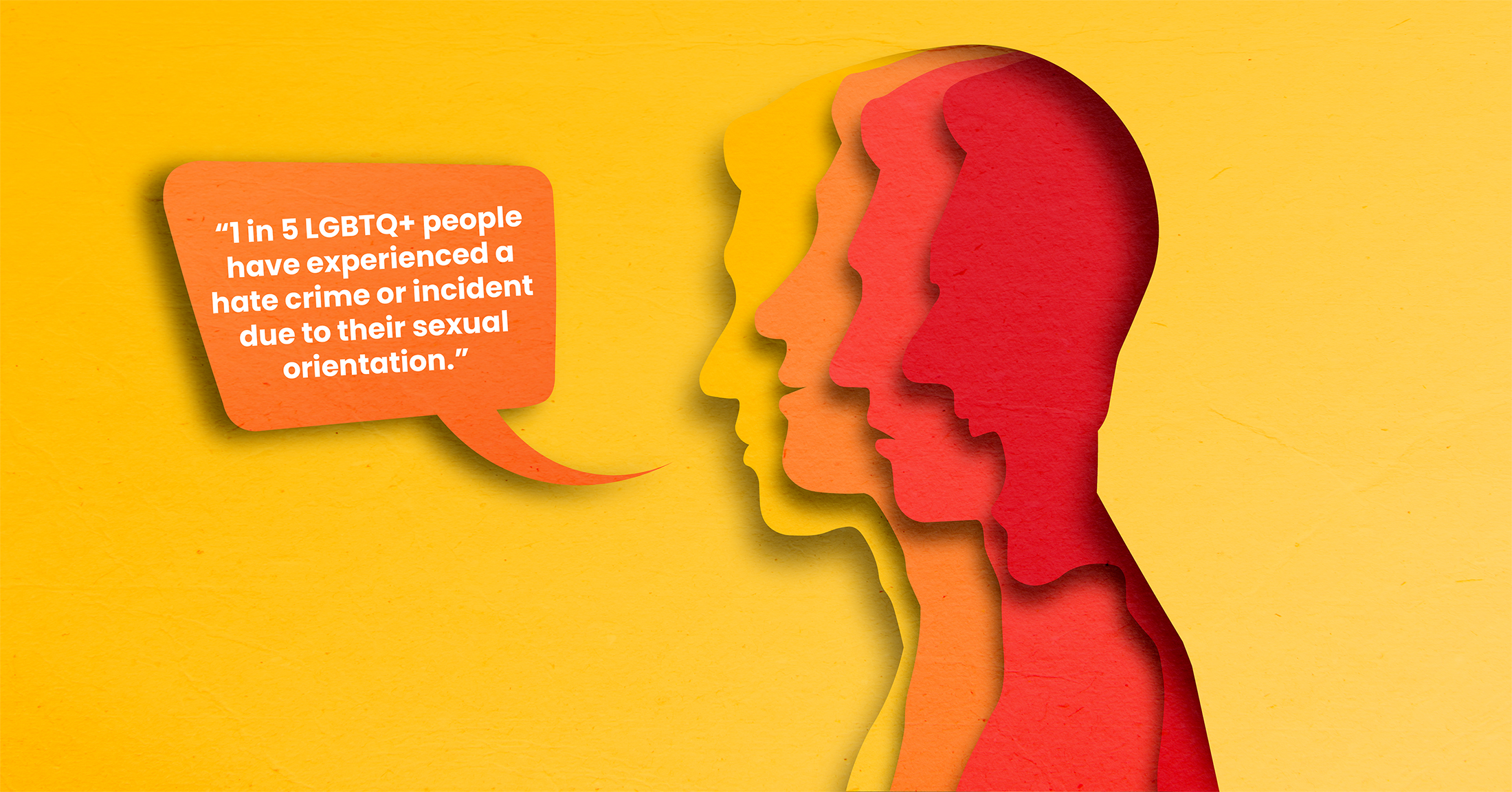
1. Hate crimes are rising
According to a Home Office report, LGBTQ+ hate crime has grown at double the rate of other forms of hate crime over the last 2 years. With 1 in 5 LGBTQ+ people experiencing a hate crime or incident due to their sexual orientation. This means that simply walking hand in hand with your partner, something straight people wouldn’t even think twice about, is a risk for many LGBTQ+ people. Sadly, 68% of people avoid holding hands with a same sex partner in public for fear of verbal or physical attacks.1
For trans people the stats are even worse. The Transphobic Hate Crime Report 2020 undertaken by Galop, the LGBTQ+ anti-violence charity, revealed that trans people are more at risk of being victims of hate crimes, with more than half feeling less able to leave their homes. In 2020, 4 in 5 respondents had experienced some form of transphobic hate crime and 1 in 4 had experienced physical assault or the threat of physical assault.2
Despite this rise in LGBTQ+ hate crime, prosecutions have reduced. In the UK reports of homophobic abuse increased from 5,807 in 2014-2015 to 13,530 in 2018-2019. However, prosecutions fell from 20% to 8%.3
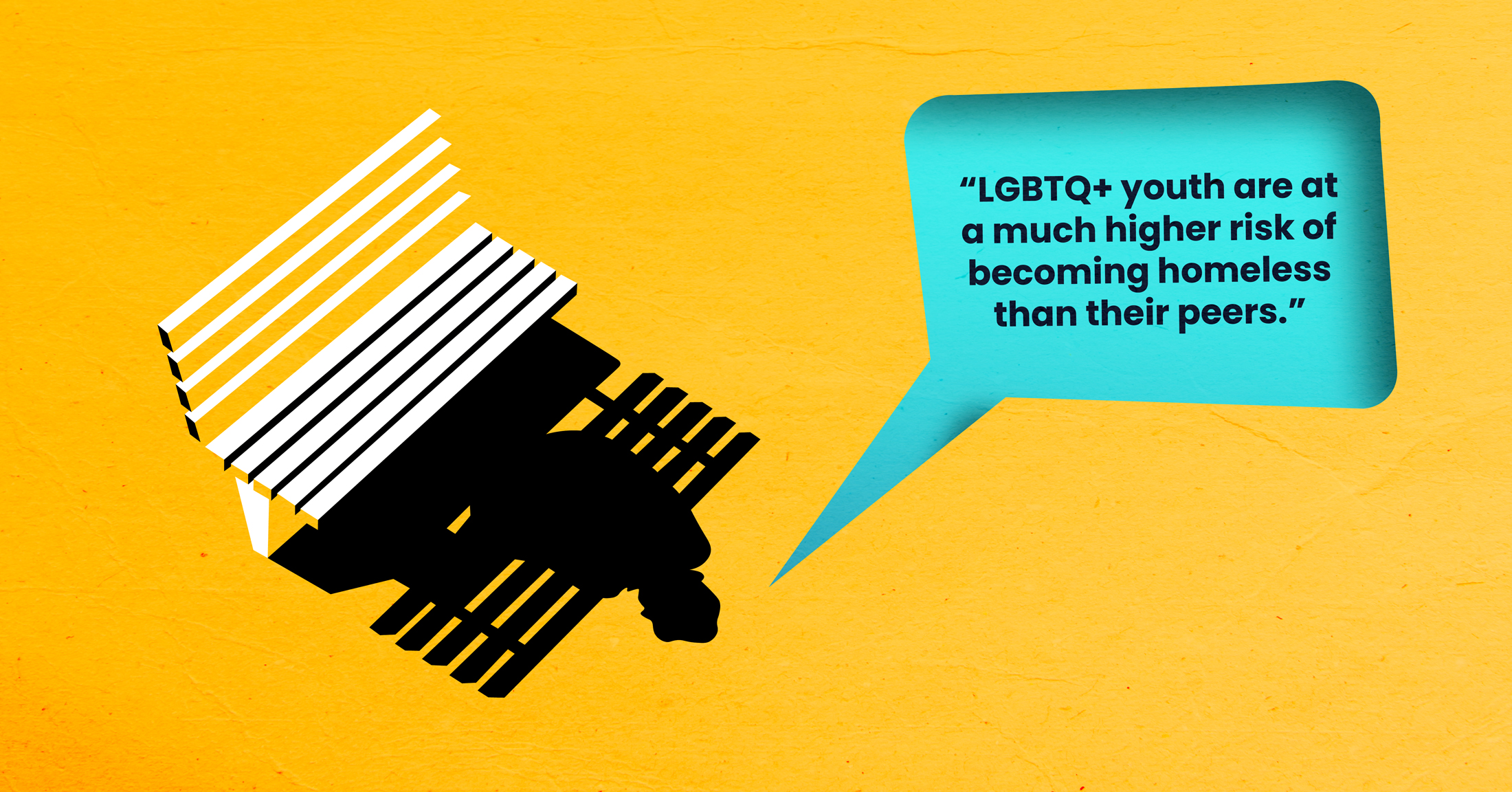
2. LGBTQ+ youth are more at risk of homelessness
LGBTQ+ youth are at a much higher risk of becoming homeless than their peers, with a staggering 24% of young homeless people identifying as LGBTQ+.4 The most common reason for their homelessness is parental rejection, closely followed by physical, sexual and/or emotional abuse.
Once LGBTQ+ youth have been made homeless, they’re also at an increased risk of experiencing violence, discrimination and exploitation. With disabled LGBTQ+ youth, trans youth and LGBTQ+ people of colour being disproportionately discriminated against. The services that should be helping them are also failing them, with only one third feeling comfortable revealing their sexuality and or gender identity when accessing homeless services.
Unfortunately, government attempts at reducing youth homelessness hasn’t helped the LGBTQ+ community, with there being almost no improvement over the last decade.
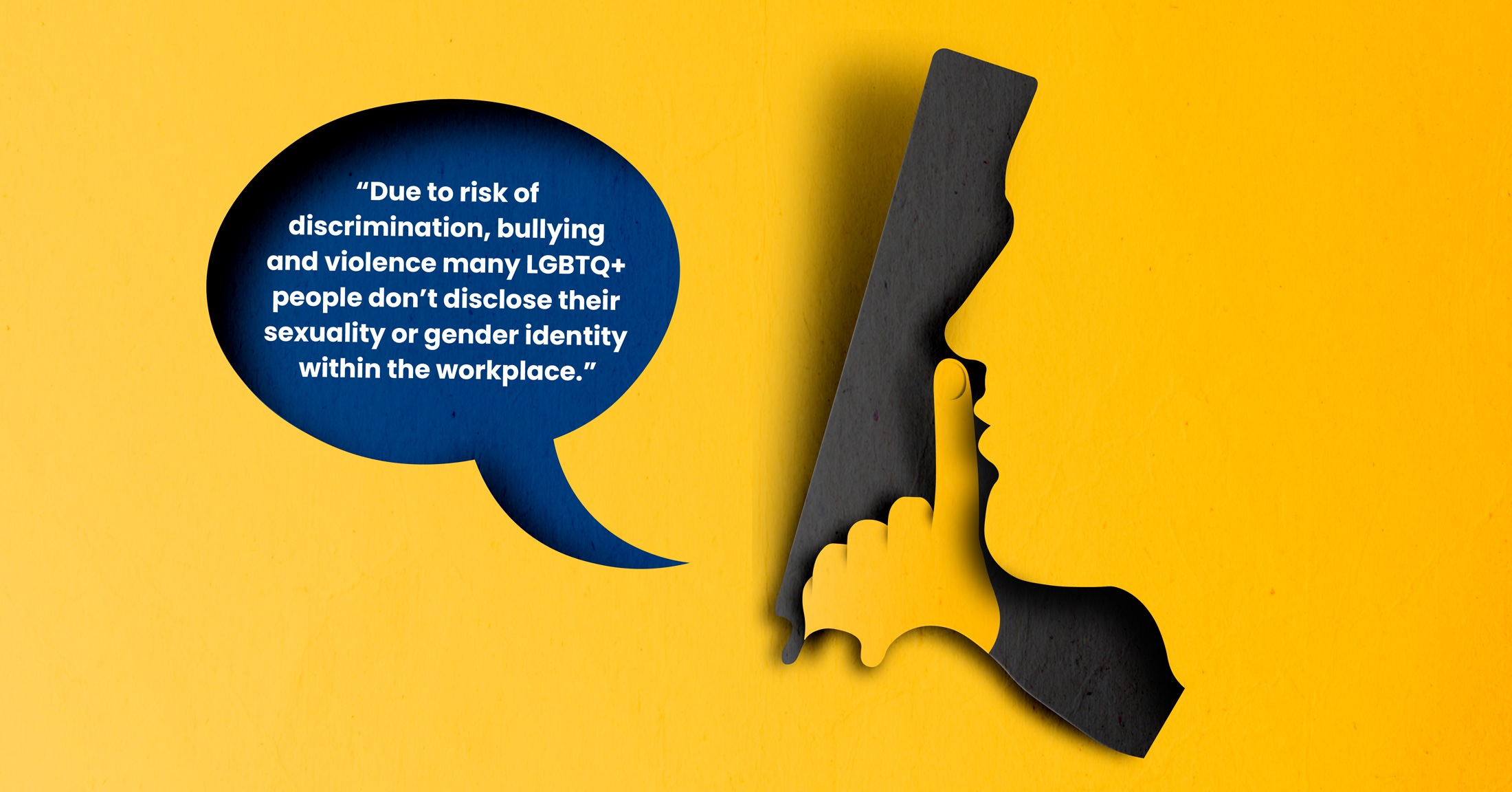
3. LGBTQ+ people are more likely to face workplace discrimination
A 2018 report by Stonewall revealed that 1 in 5 employees had been the target of negative comments or conduct from colleagues due to their sexuality or gender identity. A shocking 1 in 8 trans people had been physically attacked by customers or colleagues because of being transgender.5
Due to this risk of discrimination, workplace bullying and violence, many LGBTQ+ people don’t disclose their sexuality or gender identity within the workplace. More than a third of LGBTQ+ staff have hidden that they are LGBTQ+, with another third of non-binary people and 1 in 5 trans people feeling uncomfortable wearing work attire that represents their gender expression.
The Equality Act 2010 should protect employees from workplace discrimination, however, only 3 in 5 LGBTQ+ staff think that their workplace has policies that protect them. 1 in 8 wouldn’t feel comfortable reporting homophobic bullying.
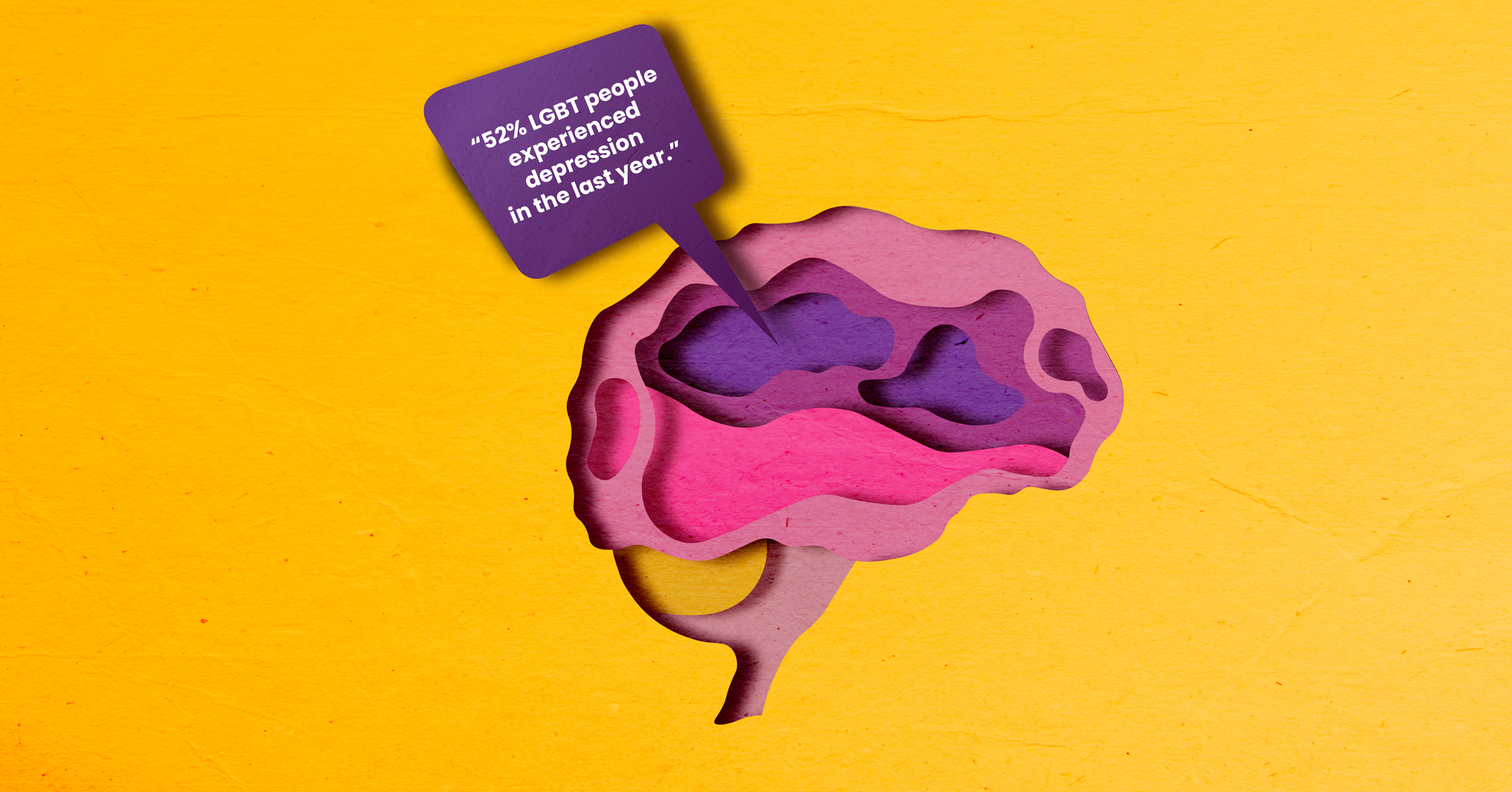
4. LGBTQ+ people are more likely to suffer mental health problems
The increased risk of discrimination, rejection and homelessness means that LGBTQ+ people are much more likely to face mental health problems, including depression, self-harm, drug and alcohol abuse and suicidal thoughts. The 2018 Stonewall report revealed that 52% of LGBT people had experienced depression in the last year, whilst almost half of transgender people had considered suicide.6
Once a LGBTQ+ person recognises that they need help, getting medical help can also be problematic. 1 in 8 LGBTQ+ people reported experiencing some sort of discrimination from healthcare staff and 1 in 4 witnessed negative remarks against LGBTQ+ people. Due to LGBTQ+ people fearing being discriminated against, 1 in 7 have avoided treatment.
This fear of rejection and discrimination leads many LGBTQ+ people to avoid coming out, or only coming our to people they trust. Difficulty in coming out and hiding who you are can also have a very damaging impact on your mental health.
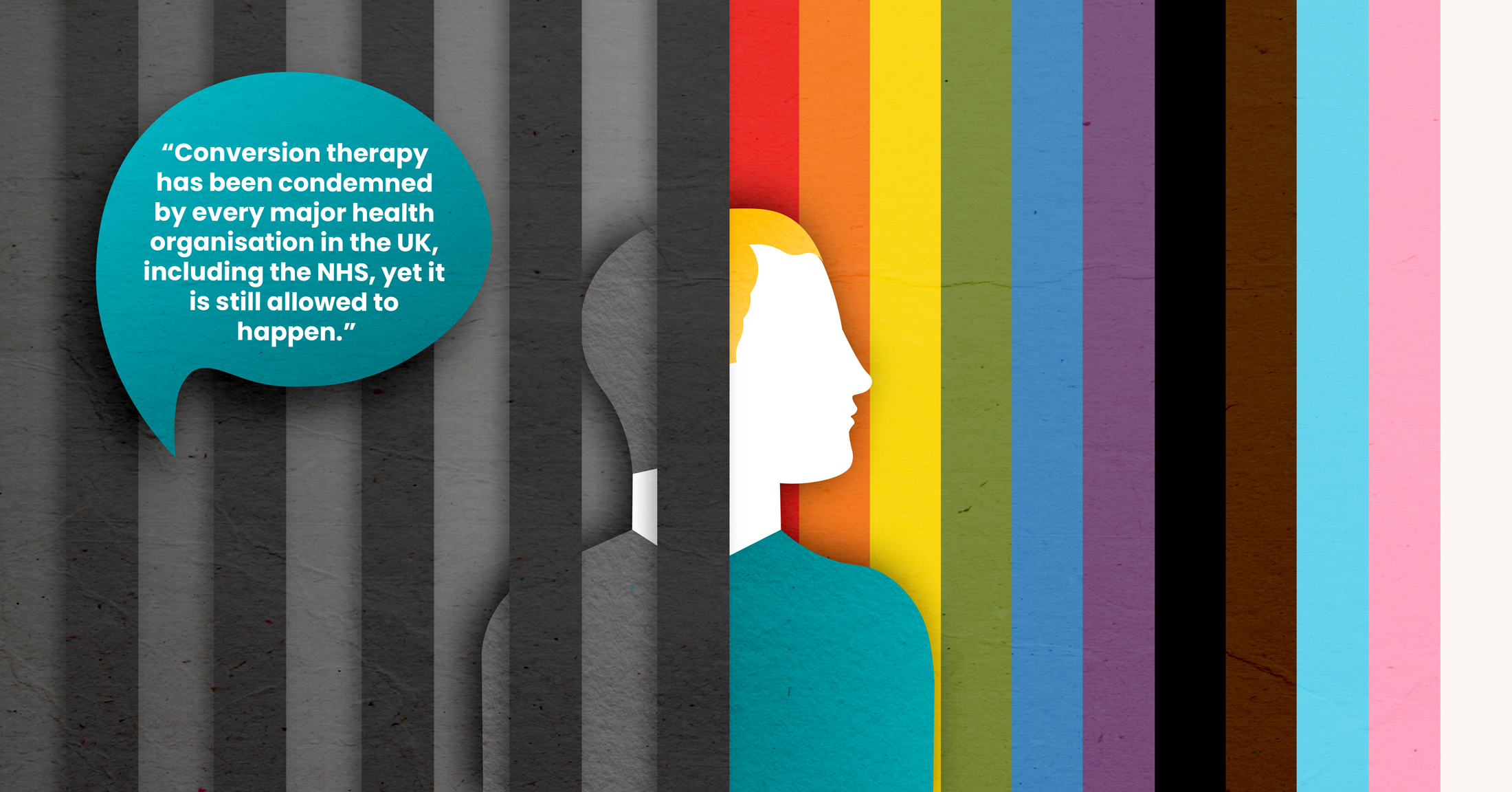
5. Conversion therapy is still legal in the UK
Shockingly, conversion therapy hasn’t yet been banned. It’s been on the government’s agenda since 2018, when Theresa May pledged to ban it. A ban was again announced in the Queen’s Speech earlier this year, yet it is still legal.
Conversion therapy is a practice that cause mental and physical harm to members of the LGBTQ+ community by trying to change their sexual orientation or gender identity, usually by pseudo-psychological treatments or spiritual counselling. This reinforces the idea that being gay is ‘wrong’ and something to be ashamed of.
A 2018 government survey revealed that 2% of respondents had undergone conversion therapy in an attempt to ‘cure’ them of being LGBTQ+ and 5% had been offered it. There is no evidence that conversion therapy works and plenty of evidence that it is damaging to LGBTQ+ people. It has been condemned by every major health organisation in the UK, including the NHS, yet it is still allowed to happen.7
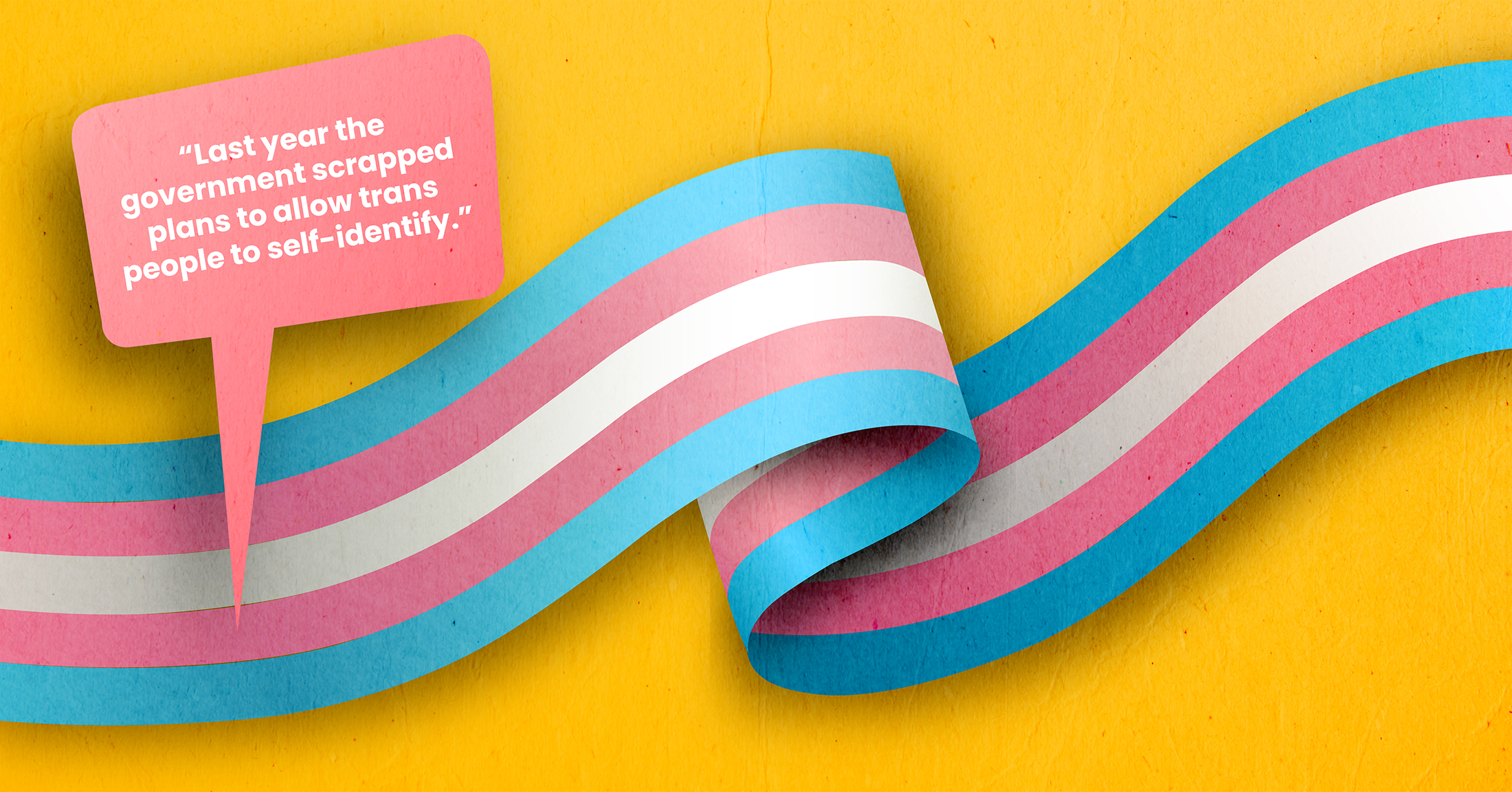
6. Trans rights are lagging behind
Not only are trans people more likely to be victims of discrimination and violence than other members of the LGBTQ+ community, but their rights are also still lagging behind.
Last year, the government scrapped plans to allow trans people to self-identify. This would have simplified the gender recognition act and made it easier for trans people to legally change their gender. Currently, transgender people must have a diagnosis of gender dysphoria from 2 doctors, which they are required to pay for. Having multiple conversations about their gender with multiple people can be a painful process, especially as they may be worried about facing discrimination from medical professionals. Plus, having to get a diagnosis from 2 doctors means it is an often lengthy process with long waiting times.
Not only are there gaps in trans legal rights, there are also gaps in their access to healthcare. There are not enough clinics to cope with demand. On average the waiting times for trans referral and treatment is 3 years through the NHS, although often it is much longer. In Northern Ireland it is particularly bad, with just one gender identity clinic who haven’t accepted new patients since 2018 due to the long waiting list.
If the government and healthcare providers don’t view trans people important enough to give them access to systems and treatments that help them, this attitude quickly spreads through society. Unfortunately, there’s still a lot of misinformation in the media that proves damaging to trans rights. Claims that young people are being ‘turned trans’ in gender clinics, or that in gender neutral toilets men will dress as women to attack individuals and their children. These claims are ludicrous and very similar to how gay people were demonised as deviants and paedophiles in the past. You only have to read a newspaper article online or a social post about trans people to see the level of bigotry and abuse they receive on a daily basis.
Just because the LGBTQ+ community have equal rights legally; it doesn’t mean we are always treated equally or fairly.
Until I and the rest of the LGBTQ+ community can walk down the street holding our partner’s hand, or non-binary and trans people can present in a way that matches their gender identity without fear of violence.
Until we’re at no more risk of homelessness than our straight counterparts.
Until we’re safe to be our authentic selves in all workplace and healthcare environments without fear of discrimination and bullying.
Until trans people are treated with respect and dignity in every area of their lives. Pride is needed.
Pride is not just one big party with lots of glitter – although there is a lot of glitter – it gives members of the LGBTQ+ community a safe space to authentically be themselves. It raises awareness and creates discussions around the issues faced by the LGBTQ+ community and these discussions help implement valuable change.
1assets.publishing.service.gov.uk/government/uploads/system/uploads/attachment_data/file/721704/LGBT-survey-research-report.pdf
2 Galop.org.uk/transphobic-hate-crime-report-2020
3bbc.co.uk/news/uk-49509301
4 akt.org.uk
5stonewall.org.uk/system/files/lgbt_in_britain_work_report.pdf
6 stonewall.org.uk/lgbt-britain-health
7assets.publishing.service.gov.uk/government/uploads/system/uploads/attachment_data/file/721704/LGBT-survey-research-report.pdf
